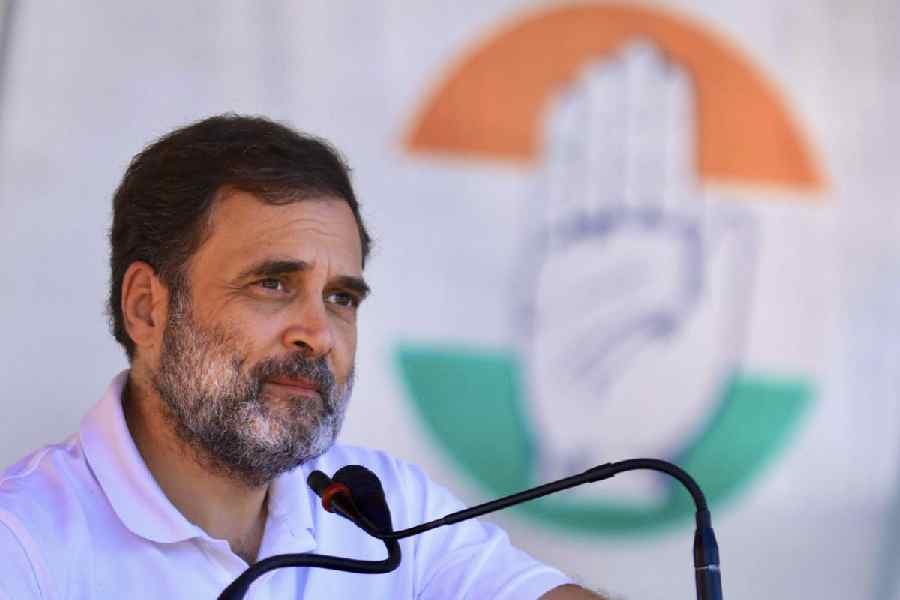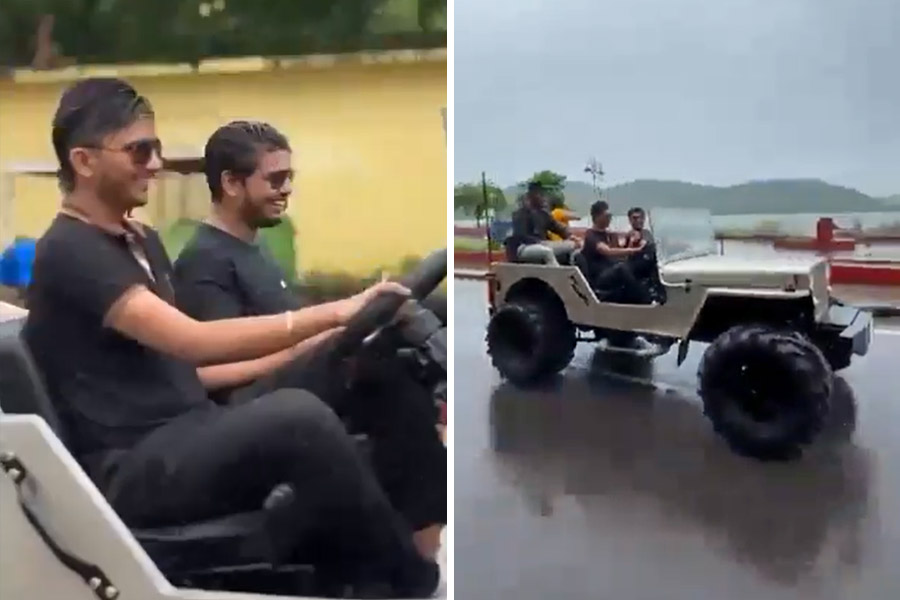Air Chief Marshal Amar Preet Singh, the new air force chief, on Friday said he was willing to absorb more than the stipulated 25 per cent Agniveers into the force but the final decision had to be taken by the Centre.
The air chief stressed the need to improve the domestic production of defence equipment, saying India had better-trained personnel than China but lagged in technology — in which too it once led China — and defence production.
“Our feedback on the Agniveers has been very positive. We were asked if we could absorb more than 25 per cent of the Agniveers and we said that we could. The decision has to be taken by the government,” Singh said at a news conference ahead of Air Force Day, October 8.
Under the controversial Agnipath scheme of short-term military recruitment, 75 per cent of the Agniveers (recruits) are to be demobbed after four years without pension or gratuity and the rest absorbed into the forces.
There have been reports that the government is considering the absorption of more than 25 per cent of the Agniveers but Singh’s remarks are the first on the subject by so senior a functionary.
Before the scheme was launched in 2022, a fit general-duty soldier served for 15 to 18 years.
Veterans have criticised the scheme saying such short-term recruitments would hit professionalism and morale in the military. The Opposition has joined jobless youths in demanding its withdrawal in favour of the old system. In July, two former navy chiefs had asked how combat-efficient the Agniveers would be.
China & equipment
Singh said China was rapidly upgrading its infrastructure along the Line of Actual Control in Ladakh, and added that India too was doing so. India and China have been locked in a border standoff in eastern Ladakh since May 2020.
The air chief stressed the need to ramp up domestic production of fighter jets involving the private sector. He said the air force’s goal was to have a full inventory by 2047, either produced in India or both developed and produced in the country.
In July, Singh, then an Air Marshal, had said that “atmanirbharta (self-reliance) cannot be at the cost of the nation’s defence”, speaking out amid the Centre’s promotion of its Make-in-India policy in the defence sector.
He had expressed support for the drive towards self-reliance in defence but flagged the deficiencies in domestic defence manufacturing.
On Friday, speaking about the border standoff with China, he said: “We have done our analysis. We don’t have a design to go offensive unnecessarily. Only when we are pushed, we will do something…. We have our plans in place.”
He added: “One place I can positively say is, we are training much better than them. We have exposure much better than them. We get to know through sources… how they train and how many different air forces they interact with and how many we interact with. As far as the human angle is concerned, the people behind the machine are concerned, we are way ahead of them.
“As far as technology is concerned, we may be not so good as of now, we have lagged. We were better than them in technology also sometime back, but we have lagged in that and we need to catch up. As far as production rates are concerned, we are way behind. We need to catch up. That will happen over a period of time; it cannot happen overnight.”
Against an authorised strength of 42 fighter squadrons, the IAF currently has 31.
Recently, the IAF had expressed its concern to the government-run Hindustan Aeronautics Limited about the slow pace of the Tejas light combat aircraft programme. It had said a delayed induction could affect the force’s combat effectiveness and urged the timely execution of the ₹48,000-crore contract for 83 Tejas jets.
Singh also spoke on geopolitical tensions and conflicts, saying it was important to have indigenous weapons systems to deal with any future security challenge.
He said Russia had delivered three units of the S-400 missile systems and had promised to deliver the remaining two units by next year.
Singh said: “We have the capability to strike our enemies in foreign lands and we showed it in the (2019) Balakot airstrikes.”










